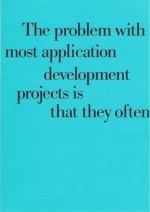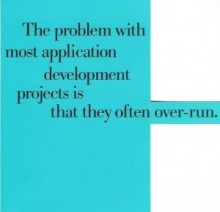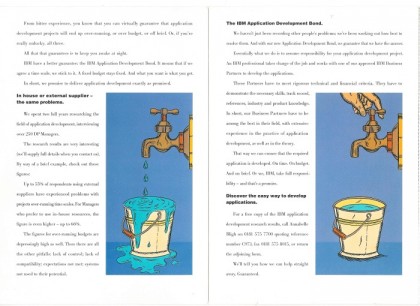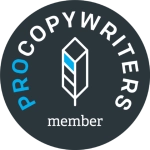With seemingly everything digital these days, many small business owners might ask whether they need a printed brochure at all.
My answer to that, for the most part, is a definite “yes.”
Let’s start with where we are. If you’re like most businesses, you’ve got a lot of information on your website. Perhaps some of it is even collated as a downloadable brochure – a PDF in other words.
Well, that’s all fine and good. And it certainly saves on printing and paper costs. Or rather passes on the cost of them to your potential customers.
“Hang on, “I hear you say, “they’re going to read it online, not print it.”
Well yes, but sometimes they’ll print it off as well. Which brings us to the reasons for having printed brochures.
They’re useful for a start. You can flick through a printed brochure, quickly refer to or compare different pages, put it in your pocket or briefcase. That’s true even for a printed PDF.
But what if it’s a proper original brochure? If you provide a potential customer with one of those, they haven’t had to pay for it for a start. Better still, if designed and illustrated well, it’s nice just to hold and look at. It’s glossy. It’s beautiful. Freshly printed, it even smells good.
Still not convinced? Look at the example of the Kindle. There’s no doubting that it’s a good value and convenient way of reading books. But sales appear to have plateaued. People are finding that Kindles are great for commuting or taking on holiday, but nothing compares to the pleasure of holding a book, flicking through the pages and looking at actual print rather than a screen. So sales of printed books are on the up again.
Those book sales are even better when they feature special covers, illustrations and so on. Which brings me to another reason for using printed brochures. Design-wise, you can do all kinds of things with them which you can’t online.
Give them lovely heavy stock paper, for example. Embossed or tipped-on illustrations, maybe. How about clever formats, like the zig-zag, which folds down to credit-card sized – perfect for the purse or wallet. Or a simple z-fold brochure, also known as accordion or fan-fold, giving you six or more sides. Or a gate-fold, which is a great way of ‘revealing’ a special product or service. Or any number of other formats, paper sizes and types.
You can even, for a price, create brochures or leaflets which use the format to make a particular point. Take a look at the example of this one for IBM:
(Front cover…) (…opens out to reveal ‘over-run’ tab)
(This point and the IBM solution to stop project over-runs is then expanded on inside)
If you’re interested in reading the copy, this and other examples of creative formats for Microsoft Licensing, Guinness and Virgin Money are under my brochure copywriting samples
You can’t fold or reformat a computer screen. You can’t make sure that a customer reads, interacts or remembers what they see on-screen either. But you can with a printed brochure.
You can talk through it in a meeting wherever you are (quicker than firing up a laptop, and easier than having you both hunched over the same screen). You can give it directly to the customer to take back to their home or office afterwards. Even if many of them end up being thrown away, your brochures are there as your silent salesforce, on view and easy to look at and share.
Of course, in many ways, the advances of the last 20 years have proved invaluable. Having downloadable brochures on your website is often a good idea. But new technology also makes it easy and cost-effective to create custom-made brochures for individual customers or special events. Meaning you can take the printed brochure even further.
So do we still need printed brochures? Absolutely. And if you need an experienced brochure copywriter to write one for you, please get in touch











